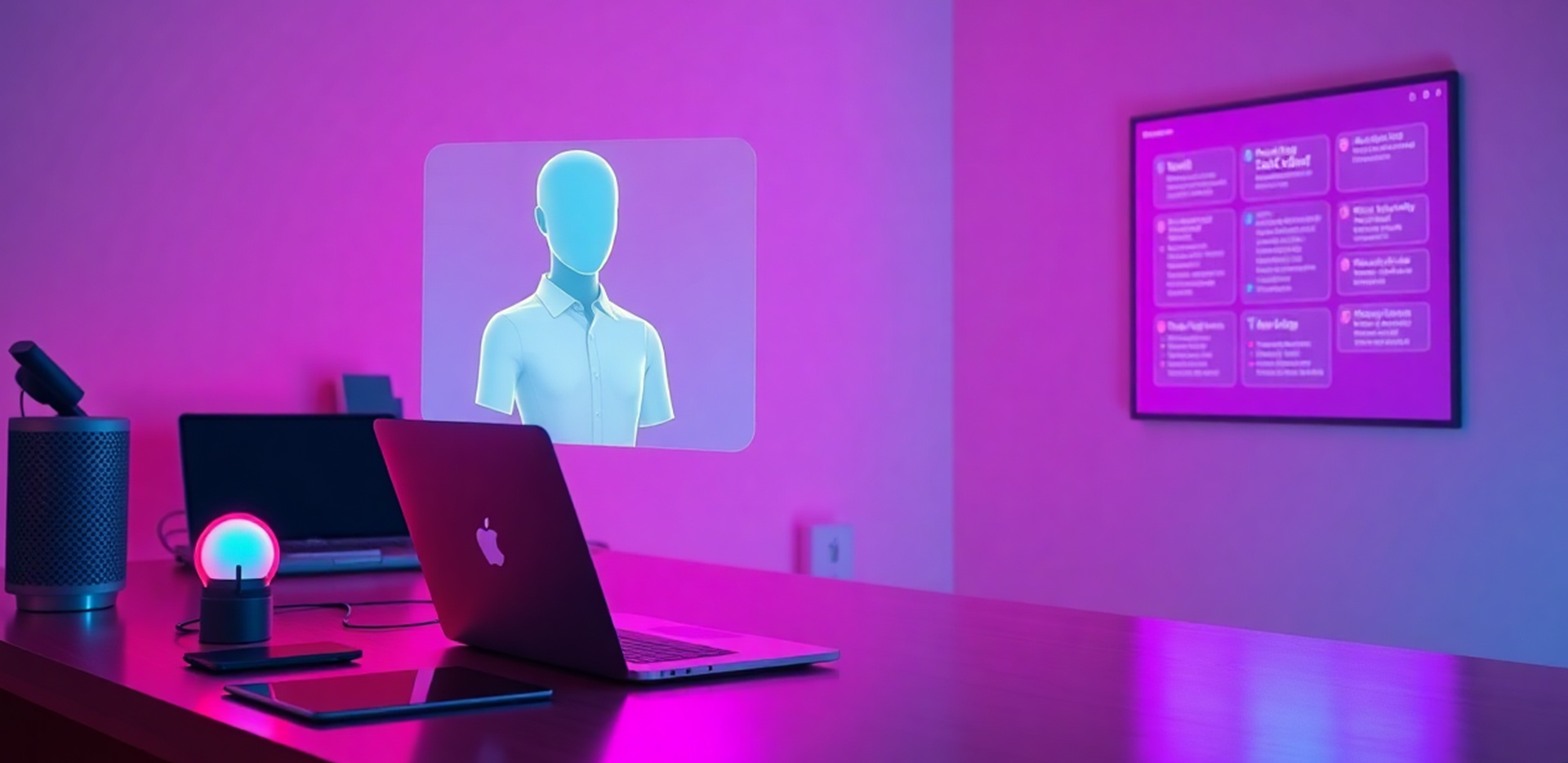Table of Contents

Why Working Smarter Matters
As of late, life is encumbered with a barrage of work activities such as tasks, emails, meetings, and deadlines that have to be observed. It is quite normal to experience stress, particularly in situations when there are attempts to perform many activities simultaneously. This is a cycle that has to be changed, and not by putting in extra effort but by working intelligently.
Working intelligently means enhancing the performance of the tasks at hand, time management, and usage of available resources to their fullest potential. It is about getting things done in the simplest possible manner.

One productive method of accomplishing this is through batch processing which has the effect of grouping similar tasks together and thereby streamlining a work process.
Single-tasking resolves the amount of mental processes that have to be executed during the performance of various tasks. It enhances focus and improves the quality of work output. This way, more can be achieved with less because productivity is not dependent on high levels of stress.

What Is Task Batching and How Does It Work?
Understanding Task Batching
Task batching involves combining multiple similar tasks in one block of time to focus and accomplish them without interruptions. Instead of doing tasks whenever they come up throughout the day, you have specific time slots for specific categories of tasks.
For example:
- Emails: Instead of logging in and out of your inbox all day, plan and set specific hours when you will check and answer your emails.
- Administrative Work: Rather than burglarising an hour and doing bits and pieces, block out a specific time when you will do several administrative activities at the same time.
Batching helps you stay on the same type of tasks and prevents constant switching of gears. This lowers the scope of distractions and enables you to keep a steady beat.

Why Batching Works
-
-
- Decreases Skills Switching: Switching from one kind of task to another is tiring and requires mental concentration which also diverts attention. However, through batching, the level of cognitive engagement needed to switch from one task to its alternative is minimized.
- Intrinsically Boosts Effectiveness: Allocating time limits for certain tasks, allows those tasks to be performed quicker and with more focus. This means that desired results can be achieved in less time.
- Enhances Concentration: batch tasks of the same nature so that one will not be bothered by other aspects of work, but only the specific work that needs to be finished, thus improving productive ability.
-
Example: A Day in the Life of Task Batching
If you think that if you are a content writer with different tasks like writing some articles, editing different drafts, answering client emails, and getting on to social media accounts reaching all those activities nice and finished, for each one of them you have different people working, you can simply write up a batch schedule to avoid bouncing to different activities all the time which will be as:
-
-
- Morning: Write and edit articles (2 hours).
- Afternoon: Either respond to emails or post social media posts in an hour.
-
So by the day, you do not have to repeat the same type of work and end up confusing yourself over the changes throughout the day, eliminating the boredom that normally accompanies doing similar tasks all day long.
Benefits of Batching Tasks for Productivity
Time Management Flexibility is important in economics for those who want to multitask. Batching refers to the strategy of organizing similar types of jobs to be done at one time. The disaggregation process makes economics harder than it already is.
distractions can cause a significant drop in productivity and increase the time it takes to complete tasks. It also highlights that interruptions can take up to 23 minutes to recover from and that 68% of employees believe distractions make it difficult to hit deadlines.
It’s pointless to do so if completing them all at once is more productive.
Less Anxiety
Working in steps resolves problems. When one works on a few identical things simultaneously, a bit of relief comes in. There’s less headache as you don’t have to switch back and forth between unrelated tasks. Batching allows the task to be completed systematically with lower anxiety about how much work is left.
Batched Work Boosts the Quality of Your Output
If done in blocks, a specific task is more likely to be done well. For example, if someone sits to write for at least an hour without necessarily having to check emails or attend short meetings, that person is likely to write better than if attempts were made to multi-task.
Example: Batching Performance Enhancements.
A renowned Technology Firm decided to incorporate traditionally stapled components into its strategy since they targeted improving the overall performance and productivity of teams. By designating time for emails, meetings, and brainstorming, the employees are reported to have made 30%
improvement in task performance and reduced work-related stress considerably. The organization established that employees attended well to the specified tasks while during the attendance of meetings was more productive.
How to Implement Task Batching in Your Daily Routine
Step 1: Discover to Manage Similar Patterns
The first step in batching is that of finding multiple tasks that can be accomplished at the same time. Here’s a list of some of the typical tasks which can be batched with precision:
-
-
- Emails: Replying to, categorizing, and clearing the overload from your mail.
- Meetings: Putting meetings that revolve around the same subject matter together, for instance, team briefings or client engagements.
- Creative Work: Writing, proofreading, designing, or even ideation can all be performed on a batch basis.
-
Admin Tasks: Setting dates and times for activities, storage of records, and handling of consumers’ complaints and their feedback.
Step 2: Construct a Timeline for Your Day
Once you have established your tasks, the next step is to assign time ranges for each batch. For instance, one could:
-
-
- Set aside the first two hours of the day to demonstrate the act of writing.
- Set aside half an hour after lunch to look at and hear out emails.
- Find 45 minutes in the afternoon to spare for meetings.
-
Step 3: Minimize Other Activities and Maintenance.
At the same time there are optimal ways that can be used to minimize the diversion of attention when batching tasks. First, switch off alerts, close other windows not needed for the current purpose, and set the alarm for when the set amount of time elapsed.
Step 4: Evaluate and improve upon your methods
After a few weeks, check to see whether you have been able to yield satisfactory results with the use of batching. Is there a particular task that is better off batched in a more effective manner? Are there any bottlenecks or challenges in your schedule that need to be addressed? Continuous improvement is key.
Time Management Techniques That Complement Task Batching
The Pomodoro Technique
According to the Pomodoro technique, a great way to go about the day involves working for focused intervals, most commonly 25 minutes, and stepping aside for a break afterward for around 5 minutes. This method suits those looking to sustain focus when carrying out batch tasks. With the Pomodoro technique in place for your batch processing time, it helps you maintain that energy and productivity all day.
Time Blocking
Time blocking may also be understood as similar to batching, although its emphasis lies in organizing right from the beginning of the working day. For example, one could set aside
-
-
- 9:00 A.M. to 11:00 A.M. for Writing
- and 11:00 A.M. to 12:00 P.M. for Meetings and so on.
-
When carrying out numerous tasks each day, time blocking entails reserving specific portions for each task.
Common Mistakes to Avoid in Task Batching
1. Over Batching
It is fine to employ the use of batching methods of executing tasks but at the same time, one needs to be careful not to overdo it since it can lead to exhaustion. It is advisable to note that you have reached your peak and you take some time off. If you are feeling stressed, try to perform fewer activities in each chunk.
2. Not Taking Breaks
High efforts at concentration are needed to be able to batch the tasks in an appropriate manner. In this regard, it is important to take breaks as they are needed quite often. Not observing breaks can result in psychological stress and can compromise the whole purpose of achieving a task in a batch.
Tools and Apps to Enhance Task Batching
Trello or Asana for Task Management
Trello and Asana are two great applications for use when managing tasks and projects. These users are able to cluster tasks, create timelines, monitor their progress, and schedule more effectively by allowing them to batch the work.
Focus Will for Enhanced Focus
Such tattoos work in an unprecedented way since they hinder normal focus and hence make the multitasking done in the batch processes more efficient. It is particularly beneficial in creative activities such as writing.
Zapier for Automation
Zapier allows repetitive tasks from several other apps to be performed. In this case, each user can take care of routine things such as social media posting or sorting emails and spend time on more valuable activities.
Conclusion
Batching is an easy way to get more done while feeling less stressed. By grouping similar tasks and focusing on them at one time, you can save energy and work more efficiently. Combining batching with simple time management methods like Pomodoro can make your workday even smoother.
Start by picking tasks you can batch together and setting a specific time to work on them without interruptions. This will help you stay organized, make better use of your time, and feel less overwhelmed as you accomplish more.
FAQs
Why is working smarter better than working harder?
Working smarter ensures effectiveness by concentrating on what’s necessary and avoiding unneeded work. It’s all about having a goal and a proper plan because it helps you focus your time and effort on the right things.
How to work smart but not hard?
Make up your mind on what you want to achieve, make a to-do list, develop a schedule, and remove anything that can distract you. Implement time blocking, have short breaks for victories, and work on applying time efficiency in every task done.
How to work smarter and efficiently?
Focus on key tasks, define, and stick to them without switching between them. Do breaks, clean your desk, set timings for tasks, and reduce interruptions. It should be noted that working smarter is more true than working harder or longer.
What does thinking smarter, not harder mean?
This phrase implies using one’s head and creative skills to do the job in the simplest way possible while saving the time and effort spent, to earn quicker and better results.
















